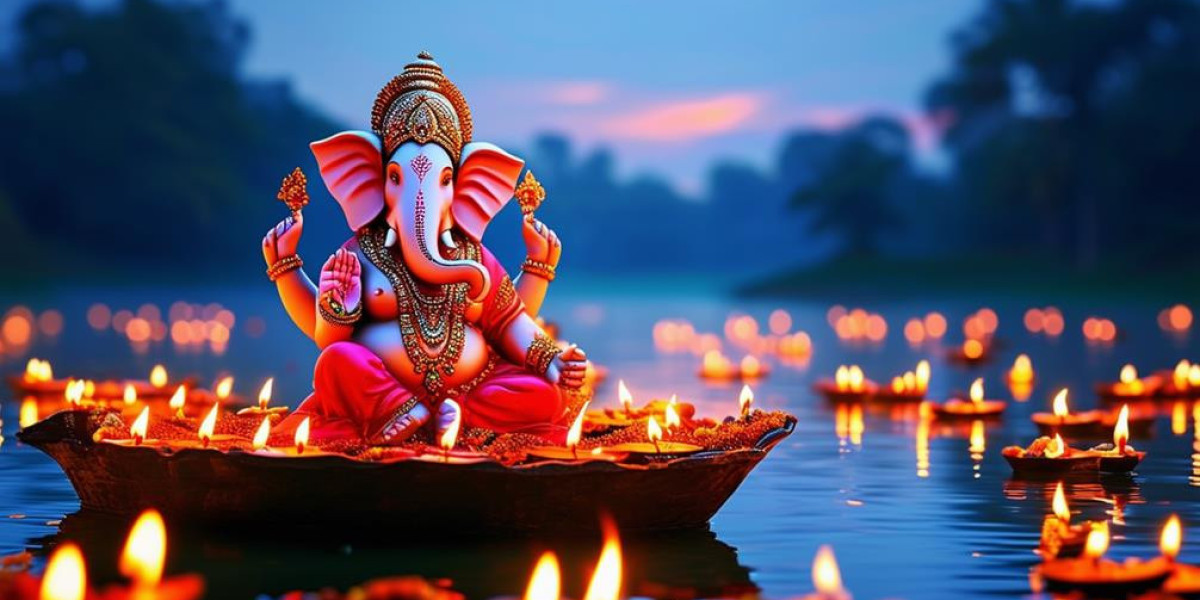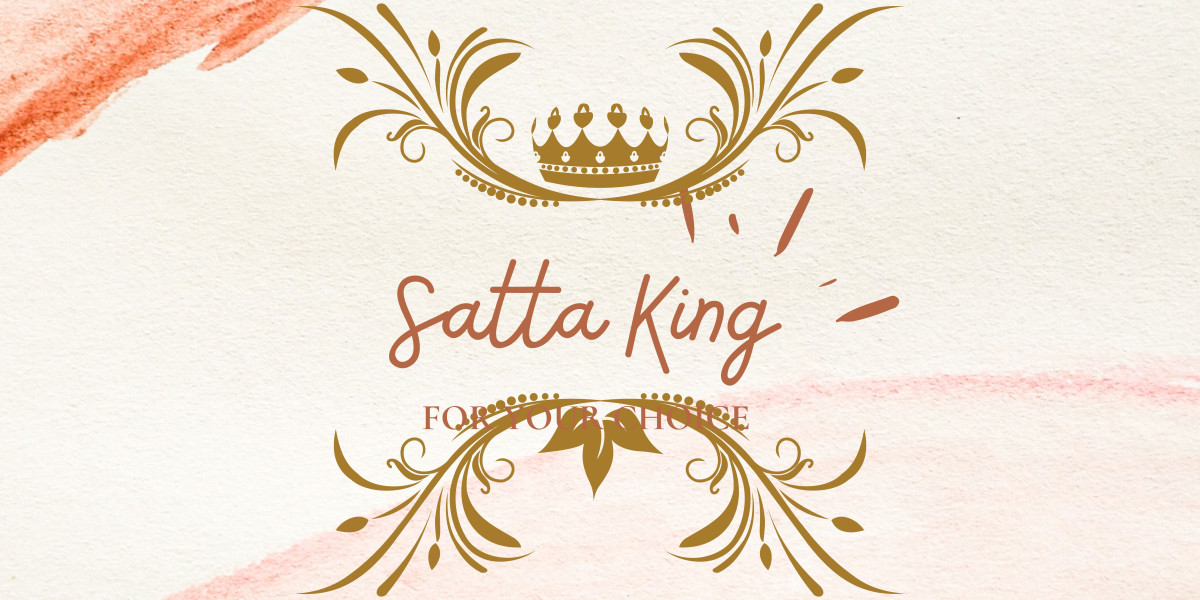The Hindu calendar, also known as the Panchang, is a traditional calendar system used predominantly in India to mark religious festivals, auspicious occasions, and other important events. Unlike the Gregorian calendar, which is purely solar-based, the Hindu calendar takes into account both lunar and solar cycles. This makes it a complex yet highly accurate system, intricately tied to the cultural, religious, and spiritual life of Hindus. In this guide, we will explore the structure, significance, and practical applications of the Hindu calendar.
Structure of the Hindu Calendar
The Hindu calendar is luni-solar, meaning it takes into account both the moon and the sun in determining dates. Each month begins with a new moon (Amavasya) and is divided into two phases: the Shukla Paksha (waxing moon) and the Krishna Paksha (waning moon). Each Paksha consists of 15 tithis or lunar days.
The months in the Hindu calendar do not correspond directly to the Gregorian months, but they generally follow the pattern of the lunar cycle. Some of the key months in the Hindu calendar include:
- Chaitra: March-April
- Vaishakha: April-May
- Jyeshtha: May-June
- Ashadha: June-July
- Shravana: July-August
- Bhadrapada: August-September
- Ashwin: September-October
- Kartik: October-November
- Margashirsha: November-December
- Pausha: December-January
- Magha: January-February
- Phalguna: February-March
Each month plays an essential role in Hindu festivals and rituals, as different deities and traditions are associated with different periods of the year.
Importance of Tithis and Nakshatras
Two critical aspects of the Hindu calendar are the tithis (lunar days) and nakshatras (lunar constellations). The tithis are used to determine the timing of festivals, fasts, and other religious ceremonies. Nakshatras, which refer to the constellations through which the moon passes, also have spiritual significance, particularly in astrology and horoscope readings.
There are 27 nakshatras in the Hindu calendar, each with a unique influence on events and individuals. For instance, the birth nakshatra (the constellation in which the moon is located at the time of one's birth) plays a vital role in determining the individual's horoscope.
Vikram Samvat and Saka Samvat
The Hindu calendar follows two primary eras: the Vikram Samvat and the Saka Samvat.
Vikram Samvat: This era is widely followed in Northern India and was established by King Vikramaditya in 57 BCE. The Vikram Samvat starts in the month of Chaitra, usually in March or April, and its new year is celebrated as Nav Samvatsar.
Saka Samvat: This is the official civil calendar of India and was adopted as the Indian national calendar in 1957. The Saka Samvat begins in the month of Chaitra as well, but the year starts later than the Vikram Samvat. Its new year is celebrated in Maharashtra and Goa as Gudi Padwa and in other parts of India with different regional names.
Festivals and Auspicious Days
The Hindu calendar is deeply rooted in spirituality and religion. Many festivals and auspicious days are calculated according to this calendar. For example:
- Diwali, the festival of lights, falls in the month of Kartik, typically around October or November.
- Holi, the festival of colors, is celebrated in Phalguna, marking the end of winter and the beginning of spring.
- Makar Sankranti, a solar festival marking the sun's movement into Capricorn, is celebrated in January, during the month of Pausha.
- Navratri, a nine-day festival dedicated to the goddess Durga, usually falls in the month of Ashwin.
- Raksha Bandhan and Janmashtami also have their specific dates in the Hindu calendar, which are crucial for their religious observance.
Panchang: The Almanac of Time
A Panchang is a detailed Hindu almanac, listing daily tithis, nakshatras, yogas (auspicious times), and Karana (half-day periods). It is commonly used by astrologers to determine the most auspicious times for various life events like marriage, travel, and starting new ventures.
The Panchang includes five elements:
- Tithi (lunar day)
- Vara (day of the week)
- Nakshatra (lunar constellation)
- Yoga (auspicious period)
- Karana (half-day period)
These elements are essential in determining when to celebrate festivals or perform specific rituals, especially in rural and traditional communities.
Modern Use of the Hindu Calendar
While most people in India use the Gregorian calendar for their daily lives, the Hindu calendar continues to play a vital role in religious and cultural matters. Weddings, religious ceremonies, and the timing of festivals are all determined according to the Panchang. Even in the modern digital age, people consult the Hindu calendar for auspicious times and dates for significant events.
Conclusion
The Hindu calendar is not just a method for marking time but a deep reflection of the Indian ethos and spirituality. By incorporating both lunar and solar cycles, it ensures that religious festivals and rituals are in sync with the natural order. Understanding the Hindu calendar offers insight into the profound relationship between time, religion, and culture in Hinduism.









